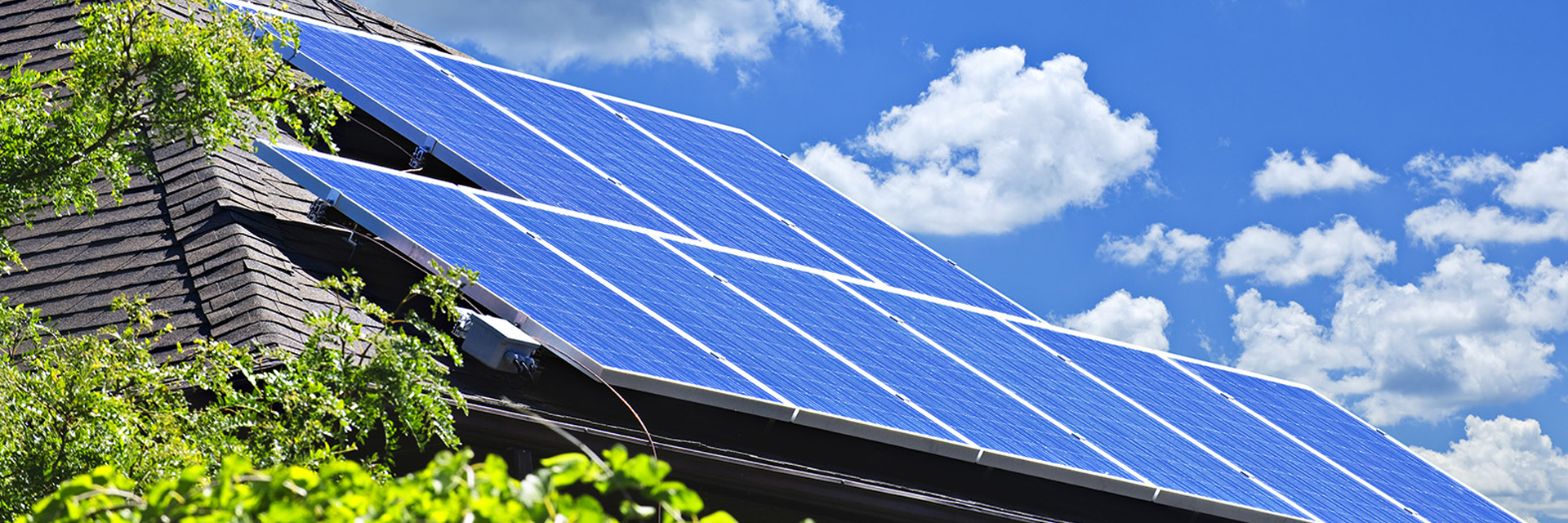Solar Power in the United States

History
Solar energy deployment increased at a record pace in the United States and throughout the world in 2008, according to industry reports. The Solar Energy Industries Association‘s “2008 U.S. Solar Industry Year in Review” found that U.S. solar energy capacity increased by 17% in 2007, reaching the total equivalent of 8,775 megawatts (MW). The SEIA report tallies all types of solar energy, and in 2007 the United States installed 342 MW of solar photovoltaic (PV) electric power, 139 thermal megawatts (MWth) of solar water heating, 762 MWth of pool heating, and 21 MWth of solar space heating and cooling.[23]

Another report in 2008 by research and publishing firm Clean Edge and the nonprofit Co-op America found that solar power’s contribution could grow to 10% of the nation’s power needs by 2025, with nearly 2% of the nation’s electricity coming from concentrating solar power systems, while solar photovoltaic systems would provide more than 8% of the nation’s electricity. Those figures correlate to nearly 50,000 megawatts of solar photovoltaic systems and more than 6,600 megawatts of concentrating solar power.[24] The report noted that the cost per kilowatt-hour of solar photovoltaic systems had been dropping, while electricity generated from fossil fuels was becoming more expensive. As a result, the report projects that solar power was expected to reach cost parity with conventional power sources in many U.S. markets by 2015. To reach the 10% goal, solar photovoltaic companies would need to make solar power a “plug-and-play technology”, or simplify the deployment of solar systems.[24] The report also underlines the importance of future “smart grid” technologies.[24]
Solar Energy Industries Association and GTM Research found that the amount of new solar electric capacity increased in 2012 by 76 percent from 2011, raising the United States’ market share of the world’s installations above 10 percent, up from roughly 5 to 7 percent in the past seven years.[25] According to the U.S. Energy Information Administration, as of September 2014 utility-scale solar had sent 12,303 gigawatt-hours of electricity to the U.S. grid. This was an increase of over 100% versus the same period in 2013 (6,048 GWh).[26] The number of homes with solar systems installed had been increasing rapidly; from 30,000 in 2006 to 1.3 million in 2016[27] with a study by the U.S. Department of Energy predicting the figure could reach 3.8 million homes by 2020.[28]
In 2015 an article reported that utilities in the United States have led a largely unsuccessful campaign to slow the growth of solar.[29][clarification needed]
“A new industrial revolution for clean energy”

Jennifer M. Granholm / Secretary of Energy

Distributed generation
Within the cumulative PV capacity in the United States, there has been growth in the distributed generation segment, which are all grid-connected PV installations in the residential and non-residential markets. Non-residential market includes installations on commercial, government, school and non-profit organization properties.
Between 2000 and 2013 there was 2,261 MW of residential solar and 4,051 MW non-residential solar installed.[63] After years of cost reduction, the average US price per watt was between $2.51 to $3.31 in 2020 for 10 kW systems,[64] and $1.05/W for utility systems.[65]
Another type of distributed generation implemented by a utility company was the world’s first grid-connected pole-attached solar panels of Public Service Enterprise Group in New Jersey. More than 174,000 PV panels are mounted on utility poles along streets of New Jersey with aggregated capacity of 40 MW.[66][67]
As of November 2017, there were nearly 5,500 schools in the United States that had solar installations with the total capacity of approximately 910 MW. The top five states were Nevada, California, Hawaii, Arizona, and New Jersey with 23.10%, 14.50%, 14.50%, 14.10% and 13.00% of the schools in the respective states that had installations.[68] As of April 2018, there were total capacity of 2,562 MW of commercial solar installations from more than 4,000 companies in 7,400 locations. Top five corporations were Target, Walmart, Prologis, Apple, and Kohl’s.[69]
In the United States 18% solar adopters in 2018 earned below the national median household income,[70] while 30% were below the median for owner-occupied households.[71] However, as prices have rapidly dropped over the last 10 years, and business models have evolved to avoid upfront costs or high credit scores, rooftop solar is trending towards reaching more and more families of all incomes.
For households that cannot access solar on their own roofs, community solar is an option. Community solar allows customers to sign up for access to a shared solar array and receive bill credits on their monthly utility bill.[72] Community solar is available in about one third of the states, including MN, NJ, CA, NY, MA and CO.[73]
Sustainability
